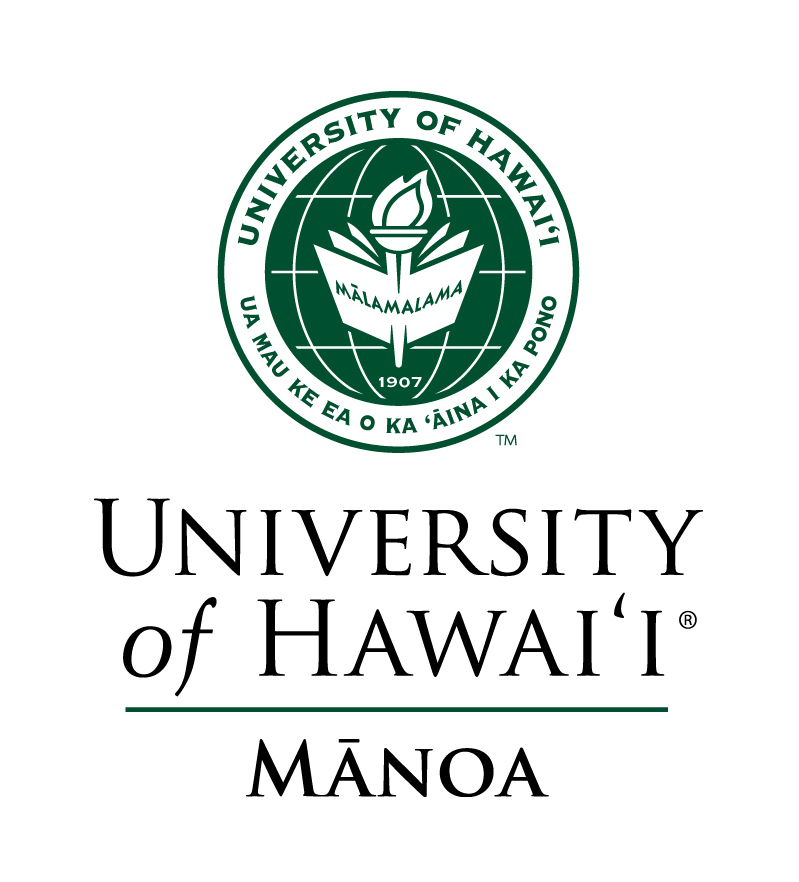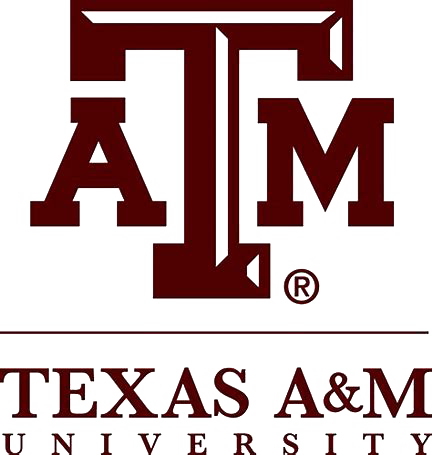.jpg)
Finalists and Judges Announced for NSIN Hacks Power Play: Electrifying Operations on the Edge
.jpg)
The National Security Innovation Network (NSIN) announced the final teams and distinguished judges for the NSIN Hacks Power Play: Electrifying Operations on the Edge Pitch Competition.
The finalists will pitch their solutions to the judges on Wednesday, Nov. 10, at a live, virtual competition that is open to the public. The judges will award a $45,000 pot split between three winning teams with the best solutions to modernize Department of Defense (DoD) energy storage capabilities. Not only will the winning teams receive a cash prize, but they will also continue developing their solutions with DoD partners for further funding opportunities.
The final eight teams were selected based on the quality of their solutions to modernize electronics and field equipment for military energy availability on operating bases, remote installations, and conflict zones.
Power Play’s hackathon kicked off two weeks ago with 90 innovators. They formed 13 teams to utilize the advantages of each other’s skill sets. Over the last two weeks, the teams met with experts from the military and defense industry who provided mentorship to guide their understanding of turning ideas into viable ventures that will solve DoD mission needs. They also met one-on-one with experts to prepare and refine their pitches for the judges.
MEET THE FINALISTS
- Natrion: Proposing a transition from energy generation through generators to storage via rechargeable lithium-ion (Li-ion) battery energy storage systems, altogether redefining how the Army would approach the mobilization of energy to increase expeditionary capabilities and reduce overseas casualties.
- Power Armor: Makes lithium-ion (Li-ion) batteries safe against crashes and ballistic impacts.
- OptoRelay: Seeks to increase reliability by using cutting-edge Free Space Optical (FSO) energy harvesting techniques. This solution would work in tandem with current power-source solutions and function as an emergency backup system.
- Arbor Batteries: This solution develops a new manufacturing process for Li-ion batteries that enables 10-minute fast charging, without sacrificing energy density, cycle life, or safety.
- eve Vehicles: Camera Reconnaissance on Wire/Wind (CROW) is an autonomous power harvesting drone with an integrated 360-degree camera to maximize aerial data collection.
- UTD-Triton: Proposes a nuclear micro-reactor as the prime energy provider, which drifts away from the conventional baseload role of nuclear generation and takes up the role of variable load-follower, and is reliable in contingency situations when the primary power grid collapses.
- Modular Battery Wall Storage Unit: The energy storage system (ESS) with enhanced safety components will provide a resilient, mobile, ruggedized, and scalable design. Capable of efficiently storing and delivering energy during a crisis in expeditionary environments and mitigating the energy risk of military operations in altered, limited, or constrained environments.
- Air Squared: Reduces fuel consumption in an energy storage system. In addition, its container is designed to safely operate while adapting to different sources of energy, withstanding battlefield operations, and traveling to different locations.
MEET THE JUDGES
- Ms. RuthAnne Darling: Ms. RuthAnne Darling is currently serving as the Director of Innovation, Operational Energy at the Office of the Under Secretary of Defense, Research and Engineering (USD(R&E)). Her portfolio includes the Operational Energy Capability Improvement Fund (OECIF), including roughly $80 million annually in prototyping early-stage research and development investments, and the Operational Energy Prototyping Fund (OEPF), which is set to grow to match OECIF over the program objective memorandum. Darling’s career accomplishments over the last 30 years span energy, logistics, modeling and simulation, acquisition, personnel, organizational management, quality assurance, and financial management analysis. In these roles, she supported the Combatant Commands (CCMDs); Departments of the Navy, Marine Corps, Air Force, and U.S. Customs. Darling actively supported Desert Storm, Operations Iraqi and Enduring Freedom, where she served as one of the first civilian females deployed to Al Udeid, Qatar.
- Col. Kathy Brown: Col. Kathy Brown most recently served as a country director for Canada, South Korea, and Latin America in the International Cooperation Directorate at the Office of the Under Secretary of Defense, Acquisition and Sustainment (USD(A&S)). She led Army efforts to advance the development and implementation of international cooperative programs and defense exportability to foster collaboration with U.S. allies on research, development, and production support of weapon systems and equipment. Col. Brown was commissioned as a transportation officer from the U.S. Military Academy at West Point. At Ft. Bragg she served as executive officer for Headquarters Company in the 330th Movement Control Battalion. She also served as a platoon leader within the 126th Transportation Company and as the 483rd detachment commander within the 7th Transportation Battalion. In Korea, she served as an S-3 plans officer, 19th Theater Support Command, 25th Transportation Battalion and company commander within the 34th Support Group.
- Dr. Meredith Reed: Dr. Meredith Reed brings over 25 years of experience to her role as a senior electronics research engineer at the Army Research Laboratory (ARL), Sensors and Electron Devices Directorate (SEDD). At SEDD, she served as the chief for the Advanced Electronics branch, the Advanced Concepts and Modeling Branch, and the Optics and Photonics branch. Previously, she held positions at International Business Machines (IBM) Corp., she served in the Army Reserve, and she was a visiting research professor at North Carolina State University. Dr. Reed is a recognized technical leader in the development of electro-optical materials and devices within the Army and the scientific community. She received the SEDD Honorary Award for Leadership, the U.S. Army Special Act Award, and was an invited participant for National Academy of Engineering’s 2009 U.S. Frontiers of Engineering Symposium. Dr. Reed holds several patents and is a Senior Institute of Electrical and Electronics Engineers (IEEE) member.
- Mr. Jon Novoa: Mr. Jon Novoa currently serves as an advisor to the Network Cross-Functional Team (N-CFT) at the Command, Control, Communications, Computers, Cyber, Intelligence, Surveillance and Reconnaissance (C5ISR) Science and Technology (S&T) center for U.S. Army Combat Capabilities Development Command (DEVCOM). As the DEVCOM/C5ISR S&T Advisor, he is responsible for aligning, evaluating, and shaping S&T activities to support the N-CFT’s unified network, operating environment, command post mobility, and survivability lines of effort. Prior to his current role, Novoa served as an S&T portfolio manager within the DEVCOM C5ISR center, where he was responsible for planning and executing an S&T portfolio totaling over $150 million in portfolio areas such as mission command, positioning navigation and timing, and power and energy.
- Mr. James (Jim) Allen: Mr. Jim Allen is the technical director for Operational Science and Engineering (OSE) at the U.S. Army Engineer Research and Development Center (ERDC)’s Construction Engineering Research Laboratory (CERL) in Champaign, Illinois. Allen is responsible for the technical leadership of about 150 federal staff and contractors and CERL’s warfighter, emergency support, training lands, and heritage programs. He is also a faculty instructor for the Army War College; an Army Reserve colonel; a licensed, professional engineer; and he’s completing his doctoral degree in the Department of Urban and Regional Planning at the University of Illinois.
- Ms. Kira Gardner: Ms. Kira Gardner currently leads the Center for Information Technology Research in the Interest of Society (CITRIS) Foundry’s Incubator, which supports entrepreneurial scientists and engineers from the University of California in translating their science, research, and technology into meaningful social and economic impact. Gardner’s background includes expertise in design thinking, grant writing, and clean energy technology. She believes that diverse and inclusive perspectives from a broad intersection of sectors are key to truly innovative solutions to global challenges. As the senior scientist at an advanced materials startup, Sepion Technologies, she tackled technical roadmapping and materials development for electronic vehicle (EV) batteries. She brought in $650,000 through business plan competitions and pitches. Gardner also received a Department of Energy (DOE)-supported research fellowship at Lawrence Berkeley National Lab to work on battery and solar materials with startups in Activate at Cyclotron Road.
- Mr. John Wong: Mr. John Wong is currently a director of ventures for Honeywell. Previously, he was a principal with NexStar Partners, where he focused on early-stage venture capital investments in the internet of things (IoT) and autonomous vehicles. He was also a director of strategy at General Electric (GE) Digital’s Predix platform, where he drove mergers and acquisitions (M&A), technology partnerships, and the global launch of Predix. Wong has also spent time at SoftBank, Exigen Capital, GE Capital, Fog City Capital, and Deloitte. Wong received his Master of Business Administration from the Haas School of Business at UC Berkeley and his Bachelor of Arts in international relations/Russian studies from Tufts University.
Registration
The final round for Power Play is open to anyone interested in learning more about solutions to ensuring energy availability in austere and expeditionary environments. Registration is required.
Partners
About NSIN
The National Security Innovation Network is a program of the U.S. Department of Defense that collaborates with major universities and the venture community to develop solutions that drive national security innovation. We operate three portfolios of programs and services: National Service, Collaboration, and Acceleration. Together, these portfolios form a pipeline of activities and solutions that accelerate the pace of defense innovation.


.png)

.jpg)

 (1).jpg)



